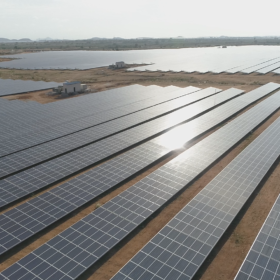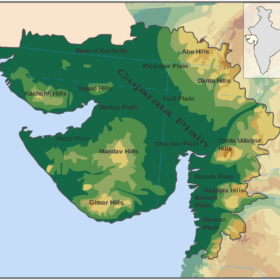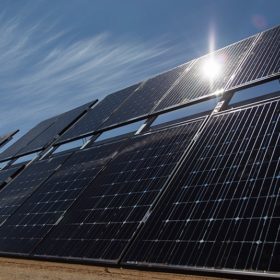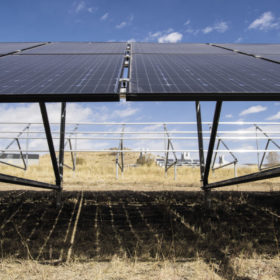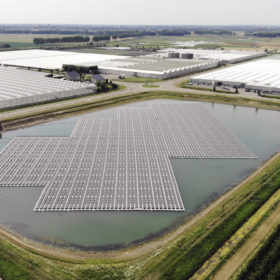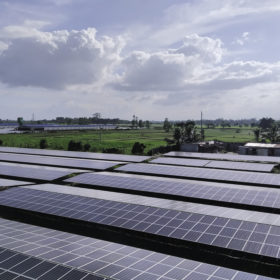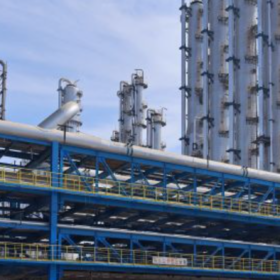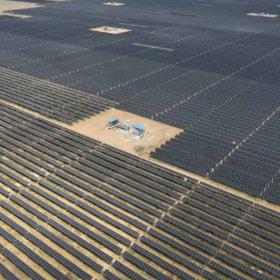UK investor NextEnergy acquires 27.4 MWp solar project in Odisha
The plant—constructed and operated by Germany-headquartered IBC Solar Energy—is NextEnergy’s first investment in India as part of its strategy to acquire ready-to-build or operational solar projects across high-growth international markets.
SJVN invites enlisted parties to bid for 100 MW solar in Gujarat
The solar plant—to be set up under a ‘build-own-operate’ basis—is part of the Dholera Solar Park capacity tendered by Gujarat Urja Vikas Nigam Ltd under ninth phase. July 16 is the last date to lodge the interest.
Railways sets up a solar plant to directly power the traction network
The 1.7 MWp solar project—in Bina town of Madhya Pradesh—has been installed by Bharat Heavy Electricals Limited (BHEL) to feed the Railways’ overhead traction system directly.
Delhi lockdown has seen solar irradiation rise
Scientists measuring air pollutants and PV performance in the city have found the lockdown conditions imposed since late March have brought about a significant reduction in air pollution which has led to an 8% increase in solar irradiation reaching rooftop arrays.
India will add just 50 GW of solar in the next five years, according to company bosses
The expected return would leave the nation woefully short of its ambitious 175 GW clean energy target, which was laid down with a 2022 deadline. Chief executives who criticized aggressive clean power auctions said they would like to see more fossil fuel facilities thrown into the mix.
Indian coal majors to jointly set up 3 GW solar projects
Coal India Ltd (CIL) and NLC India—both under India’s Ministry of Coal—would form a joint venture with 50:50 equity participation to develop 5 GW of power assets, including 3 GW solar and 2 GW thermal.
The long read: Shadow boxing
The amount of non-uniform shading an array will experience determines the technology choices that can be made. However, it can be complicated to formulate more general rules for when to use what type of technology. Most would agree that module-level power electronics are better at handling non-uniform shading, but how do they handle the sun? A recently promoted study brought the discussion into sharp relief.
SunSource Energy bags Lakshadweep’s largest solar-plus-storage project
The 1.95 MW solar plant with 2.15 MWh battery storage will power four islands of the union territory—Agatti, Kavaratti, BangaRam and Thinnakara.
Prioritising clean energy will be key to economic recovery
Cost savings associated with switching to least-cost energy solutions like wind and solar can be redeployed for economic recovery. At the same time, building resilience on fronts like energy system design and supply-chain management is crucial to deal with unexpected shocks and crises.
NHPC tenders EPC work for 50 MW floating solar project in Kerala
Domestic bids are invited for engineering, procurement and construction of a 50 MW floating solar project that shall come up over a 303-acre water body in Kollam District. Bidding closes on August 11.
